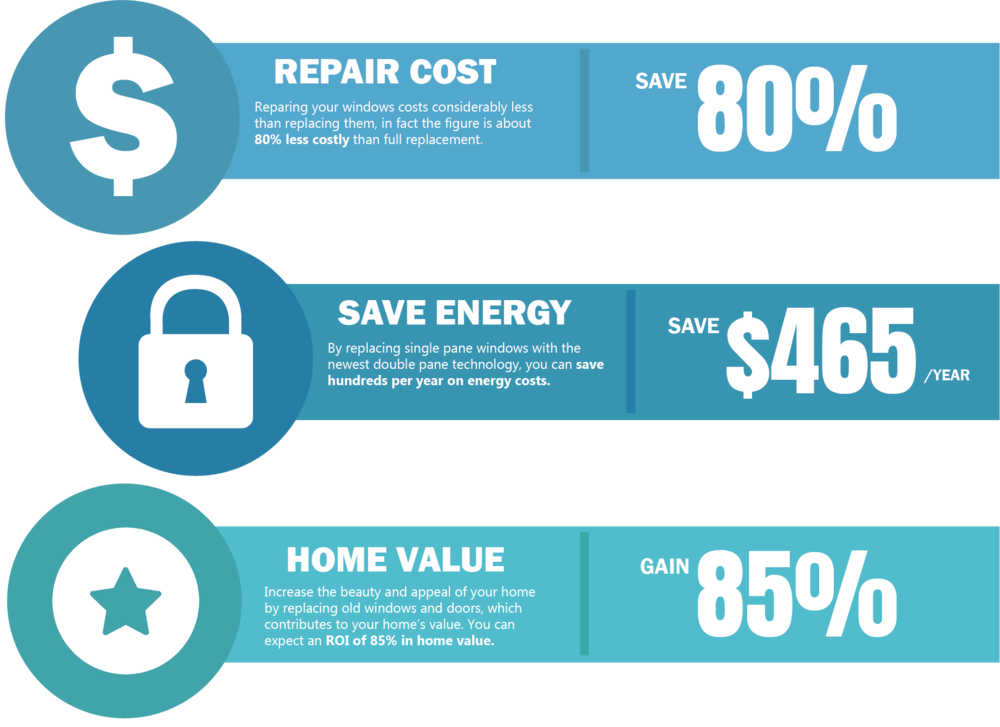One Of The Most Efficient Stress Washing Practices For Every Single Surface Area Category
One Of The Most Efficient Stress Washing Practices For Every Single Surface Area Category
Blog Article
Content Author-Sahl Geertsen
When it concerns pressure washing, the strategy you choose can make all the difference in accomplishing a tidy, streak-free surface. You could discover that hard surface areas, like concrete, need a various strategy than softer products, such as wood or vinyl. It's essential to adjust your techniques to the surface area type to avoid damages while taking full advantage of cleansing effectiveness. So, what are the most effective methods for every surface area, and how can you guarantee you're making use of the ideal setups and devices for the work? Let's explore what you need to understand to obtain the most effective outcomes.
Hard Surfaces
When it involves pressure cleaning difficult surfaces, preparation is key. Prior to https://www.buzzfeed.com/melanie_aman/cleaning-tips-if-you-hate-cleaning think of taking out the pressure washing machine, take the time to remove the location of any kind of particles, furnishings, or obstacles. You do not desire anything getting in your way or potentially damaging your devices.
Next off, examine the surface area for any kind of cracks or damage; this will aid you identify the appropriate strategy and stress settings.
Once you've prepared the area, it's necessary to choose the right nozzle. For hard surface areas like concrete or brick, a slim nozzle (15 or 25 levels) functions best to offer a focused stream of water that can properly get rid of crud and discolorations. Constantly begin at linked site and slowly move more detailed to stay clear of any kind of surface damages.
As you start washing, keep the wand moving to protect against streaks and over-saturation. It's additionally useful to function from the top down, permitting dirt and particles to remove normally.
Ultimately, remember to wash the surface completely after cleaning to remove any type of remaining detergent. With these techniques, you'll attain a clean and renewed appearance on all your tough surface areas.
Soft Surfaces
Pressure cleaning soft surfaces needs a gentler method to safeguard them from damage. Whether you're cleaning your deck, outdoor patio furnishings, or exterior siding, making use of excessive stress can bring about damages, scratches, or even permanent damage.
Start by selecting a low-pressure nozzle, ideally a 25-degree or broader spray pattern, to disperse the water more carefully.
Prior to you start, it's critical to pre-treat any type of spots with an ideal cleansing remedy. This step permits the cleaner to pass through the dust and gunk, making it simpler to remove without scrubbing too hard.
Always use the option from the bottom up to avoid spotting.
When you start stress washing, keep a distance of at least 12 to 18 inches from the surface area. Relocate your stick in a sweeping movement, maintaining it parallel to the surface to stay clear of concentrated pressure on one place.
Wash the area completely after cleaning to eliminate any kind of residual cleaner.
Last but not least, inspect the surface area for any type of missed spots and duplicate the procedure if necessary. By adhering to these steps, you can properly tidy soft surfaces while maintaining their honesty and look.
Specialty Surfaces
Cleansing soft surfaces calls for treatment, but specialty surfaces demand even more focus to information. When you take on these surface areas, like delicate wood, tarnished concrete, or specific kinds of exterior siding, making use of the best pressure cleaning techniques is crucial to stay clear of damages.
First, assess the product. For instance, treated wood can frequently withstand modest stress, however softer timbers like cedar may call for a lower setting. Constantly start with the lowest pressure and slowly enhance if necessary.
For stained concrete, make use of a fan spray nozzle and keep a consistent range to prevent etching the surface area.
When taking care of surface areas like plastic exterior siding or painted surface areas, a large spray pattern helps disperse the stress equally, shielding the surface.
It's additionally a good idea to make use of detergents especially developed for specialized surface areas. They can improve cleansing without jeopardizing the material.
Wash extensively after cleaning to eliminate any residue, as it can cause staining or deterioration with time.
Final thought
In conclusion, mastering stress washing methods for various surfaces can make all the distinction in your cleaning results. For tough surface areas, stay with narrow nozzles and a top-to-bottom strategy, while soft surfaces need a gentler touch with broader nozzles. Do not neglect to pre-treat discolorations and wash extensively to prevent residue. By adjusting your techniques per product, you'll not just accomplish a cleaner finish but also secure the stability of your surfaces. Pleased cleansing!
